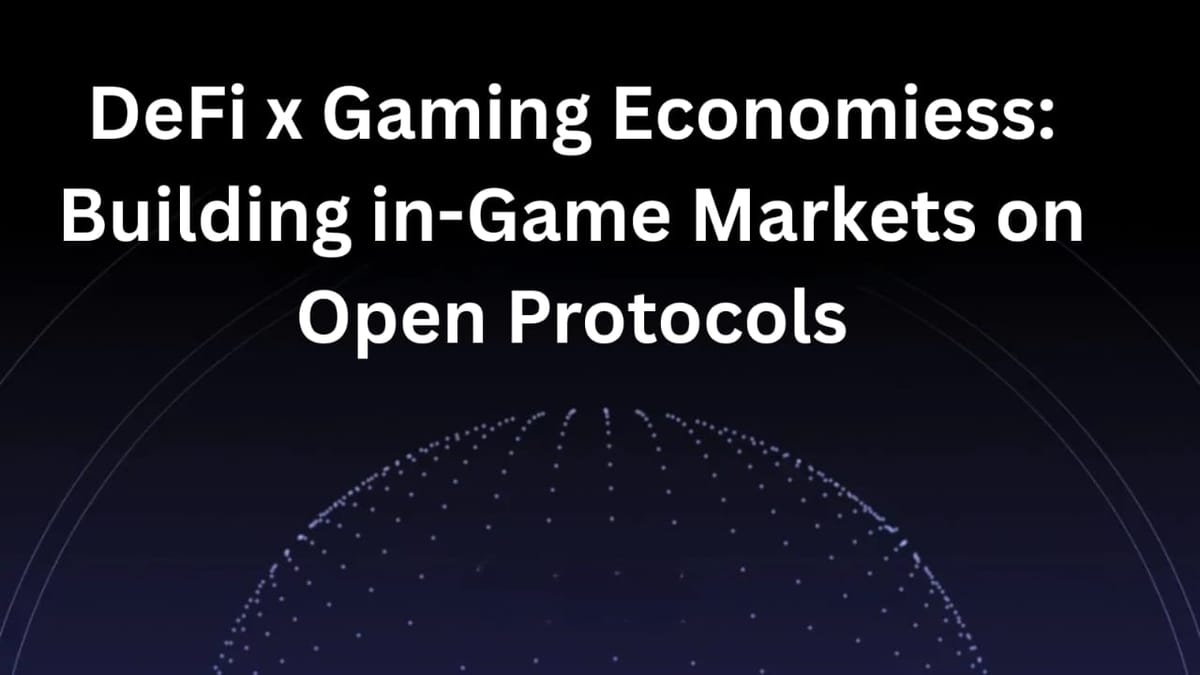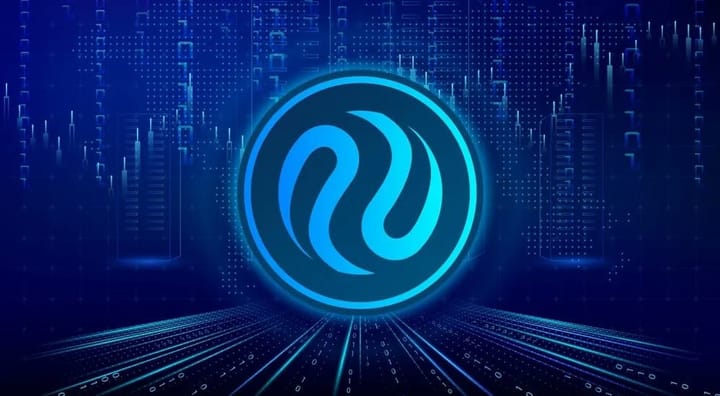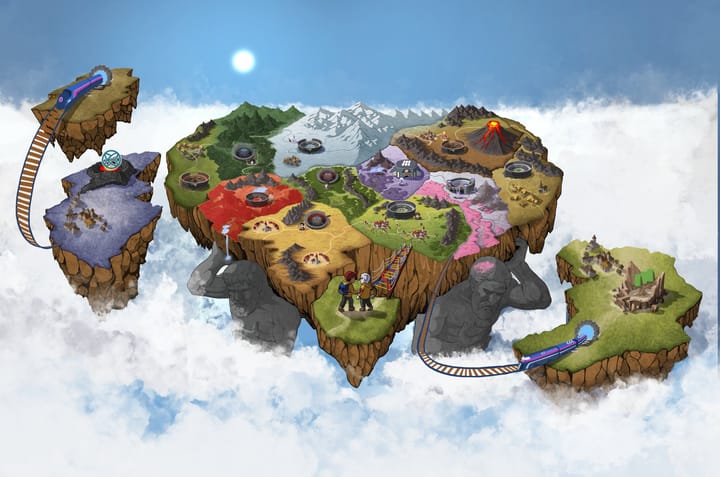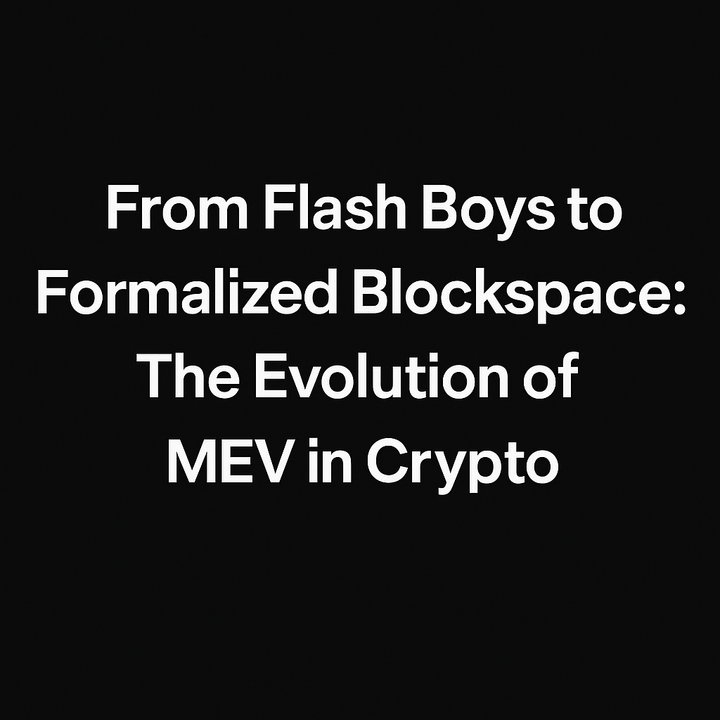DeFi x Gaming Economies: Building In-Game Markets on Open Protocols

Introduction
The intersection of decentralized finance (DeFi) and gaming economies has the potential to revolutionize the way we think about in-game assets and liquidity. By bridging these two worlds, we can create composable in-game assets and liquidity that can be utilized across multiple platforms. This article explores the concept of building in-game markets on open protocols, with a focus on how protocols like Mitosis can facilitate this integration.
1. Understanding DeFi and Gaming Economies
1.1 What is DeFi?
DeFi refers to a set of financial services and instruments that are built on top of blockchain technology. These services include lending, borrowing, trading, and investing, and are designed to be decentralized, transparent, and accessible to anyone with an internet connection.
1.2 What are Gaming Economies?
Gaming economies refer to the systems and mechanisms that govern the creation, distribution, and exchange of in-game assets and currencies. These economies can be complex and nuanced, with their own set of rules, regulations, and incentives.
1.3 The Intersection of DeFi and Gaming Economies
The intersection of DeFi and gaming economies is a rapidly growing space that has the potential to revolutionize the way we think about in-game assets and liquidity. By combining the principles of DeFi with the mechanics of gaming economies, we can create new and innovative ways to create, distribute, and exchange in-game assets.
2. Building In-Game Markets on Open Protocols
2.1 What are Open Protocols?
Open protocols refer to a set of standardized rules and interfaces that allow different systems and applications to communicate and interact with each other. These protocols are designed to be open, transparent, and accessible to anyone, and can be used to build a wide range of applications and services.
2.2 How Can Open Protocols be Used to Build In-Game Markets?
Open protocols can be used to build in-game markets by providing a standardized set of rules and interfaces that allow different systems and applications to communicate and interact with each other. This can include protocols for creating, distributing, and exchanging in-game assets, as well as protocols for managing liquidity and facilitating trades.
2.3 The Benefits of Building In-Game Markets on Open Protocols
Building in-game markets on open protocols has a number of benefits, including:
- Interoperability: Open protocols allow different systems and applications to communicate and interact with each other, enabling the creation of composable in-game assets and liquidity.
- Transparency: Open protocols are transparent and accessible to anyone, allowing users to see exactly how the market is functioning and make informed decisions.
- Decentralization: Open protocols are decentralized, meaning that they are not controlled by a single entity or organization. This allows for greater flexibility and autonomy in the creation and management of in-game markets.
3. Mitosis: A Protocol for Composable In-Game Assets and Liquidity
3.1 What is Mitosis?
Mitosis is a protocol that enables the creation of composable in-game assets and liquidity. It does this by providing a standardized set of rules and interfaces that allow different systems and applications to communicate and interact with each other.
3.2 How Does Mitosis Work?
Mitosis works by allowing users to create and manage their own in-game assets and liquidity pools. These assets and pools can be composed together to create new and innovative in-game markets.
3.3 The Benefits of Using Mitosis
Using Mitosis has a number of benefits, including:
- Composability: Mitosis allows users to create composable in-game assets and liquidity pools, enabling the creation of new and innovative in-game markets.
- Flexibility: Mitosis is highly flexible, allowing users to create and manage their own in-game assets and liquidity pools in a wide range of ways.
- Decentralization: Mitosis is decentralized, meaning that it is not controlled by a single entity or organization. This allows for greater flexibility and autonomy in the creation and management of in-game markets.
4. Case Study: Building an In-Game Market on Mitosis
Overview
In this case study, we will explore how to build an in-game market on Mitosis. We will create a simple in-game asset and liquidity pool, and then compose them together to create a new and innovative in-game market.
Step 1: Creating an In-Game Asset
The first step in building an in-game market on Mitosis is to create an in-game asset. This can be done by using the Mitosis protocol to create a new asset, and then defining its properties and behaviors.
Step 2: Creating a Liquidity Pool
The second step in building an in-game market on Mitosis is to create a liquidity pool. This can be done by using the Mitosis protocol to create a new liquidity pool, and then defining its properties and behaviors.
Step 3: Composing the In-Game Asset and Liquidity Pool
The third step in building an in-game market on Mitosis is to compose the in-game asset and liquidity pool together. This can be done by using the Mitosis protocol to create a new market, and then defining its properties and behaviors.
Conclusion
Building in-game markets on open protocols like Mitosis has the potential to revolutionize the way we think about in-game assets and liquidity. By providing a standardized set of rules and interfaces that allow different systems and applications to communicate and interact with each other, open protocols can enable the creation of composable in-game assets and liquidity that can be utilized across multiple platforms. As the gaming industry continues to evolve, we can expect to see more and more innovative uses of open protocols like Mitosis.



Comments ()